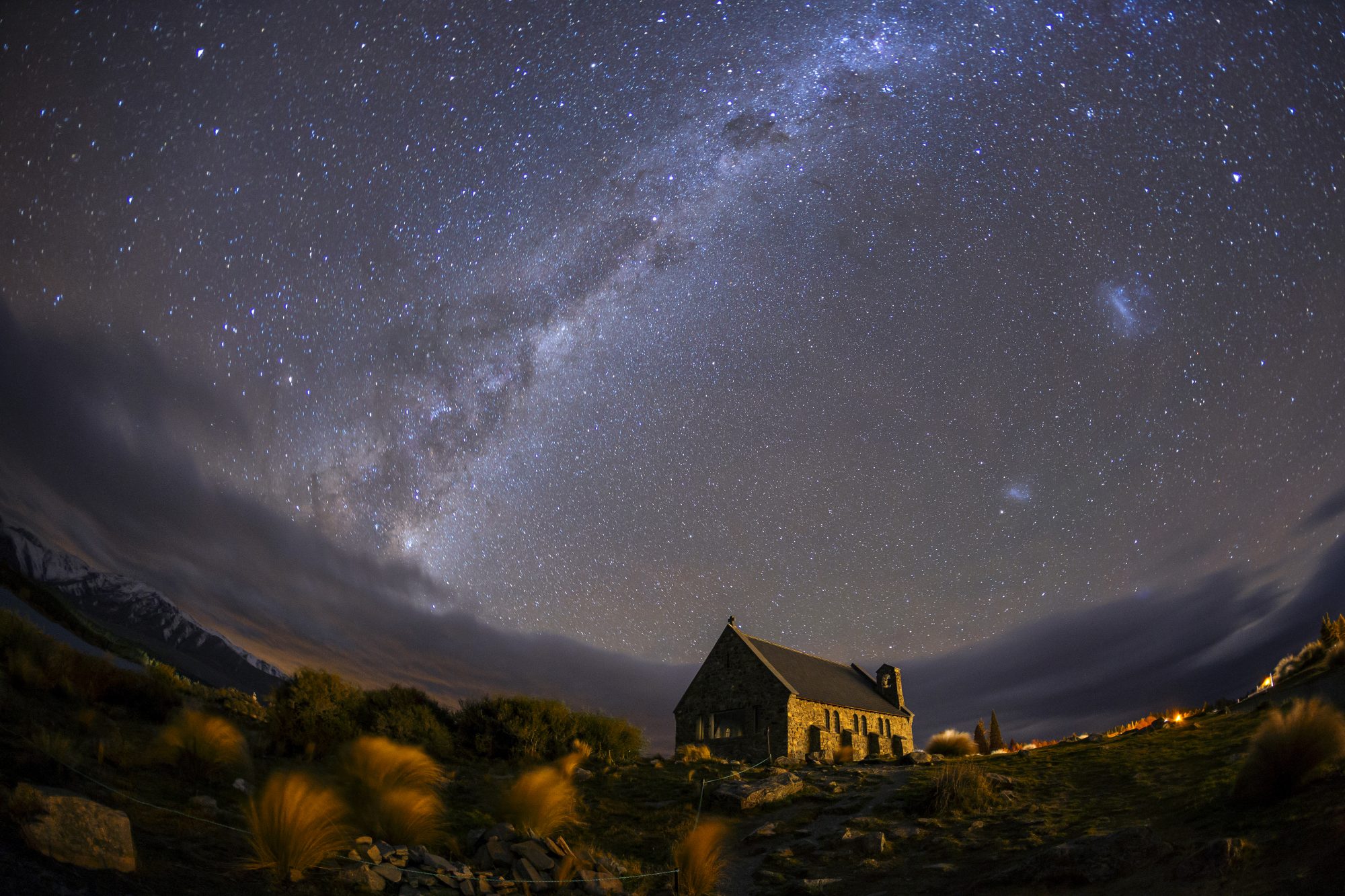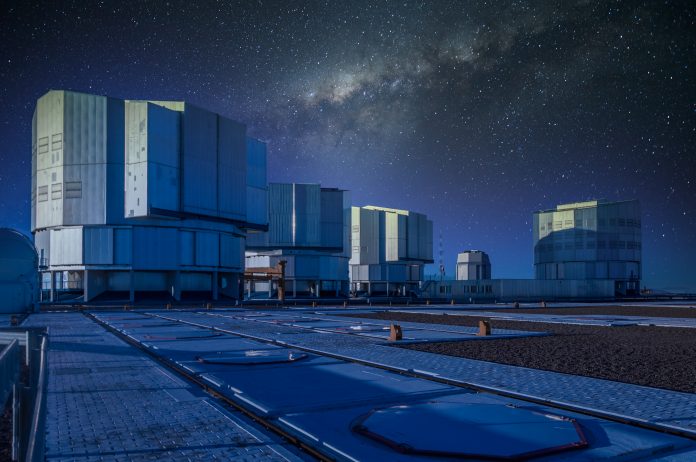Through a telescope in the Atacama Desert of Chile, an old argument between scientists has been settled – they now agree that our universe is approximately 14 billion years old
Chile has an outstanding climate for astronomers – dry air and clear skies, which drew some of the most powerful telescopes in the world to live there. In the Atacama Desert, 330 nights of the year are clear. It may be therapeutic to think about the fact that humanity has survived several infectious diseases, and the physical universe survived all known pain and loss on Earth. While we search for legal ways to access minerals on the moon and create new forms of satellite technology, some research goes beyond the present and future – straight into the heart of the furthest past imaginable.
Astronomers have worked to create new insight into how old this universe is. These researchers used a mix of data from several telescopes in Chile to understand how quickly the universe has expanded, by tracking how old the last surviving light is.

What is the Hubble Constant?
When the universe was created, it expanded outward. The number given to describe the rate of expansion is called the Hubble Constant. The larger the number, the youngest the universe. To this day, it continues to fluctuate – which gives astronomers a hesitant way to understand how old the original big bang really is. The Hubble Constant then acts as a temporal map, enabling research teams to understand the mechanics of building the universe we currently inhabit.
In 2013, a team of European scientists looked at leftover radiation from the Big Bang and pronounced the expansion rate a slower 67, while in 2019 Nobel Prize winning astrophysicist Adam Riess of the Space Telescope Science Institute used NASA’s super telescope and came up with a number of 74. Another researcher in 2019 came up with 73.3.
What changed this time?
The new estimate of 13.77 billion, using data gathered at the National Science Foundation’s Atacama Cosmology Telescope (ACT), matches the one provided by the standard model of the universe. This is as well as measurements of the same light made by the European Space Agency’s Planck satellite, which also assessed remnants of the Big Bang from 2009 to 2013.
The oldest surviving light has spoken
The data, mixed with “a bit of cosmetic geometry”, shows that the movements of galaxies place our universe at roughly 13.77 billion years old.
“Now we’ve come up with an answer where Planck and ACT agree,” said Simone Aiola, a researcher at the Flatiron Institute’s Center for Computational Astrophysics and first author of one of two papers.
“It speaks to the fact that these difficult measurements are reliable.”
Next, we we hope to see the mystery of deep-space radio waves explained.











